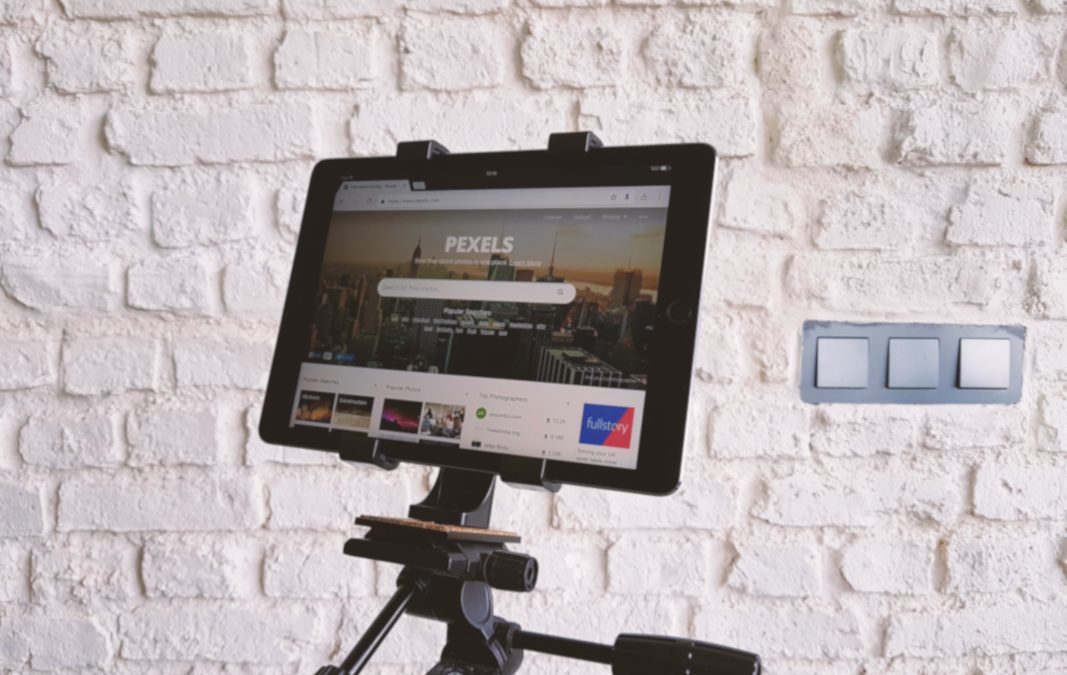In today’s digital age where internet users are bombarded by myriad media, video—perhaps the most easily digestible form of content—is now a crucial component of any business’s online marketing strategy. Billions of people watch videos on the internet, and it’s becoming even more popular. Digital communications technology company Cisco says that by 2016, video consumption will comprise what the world’s population will do daily. So, businesses are making lots of videos to get noticed. In the next five years, experts think that one-third of all the money spent on advertising online will go towards making videos. If you want your videos to stand out, you should think of implementing video SEO tips. That means making sure your videos are easy to find when people search for things online.
Video is great because it opens more opportunities for engagement with your followers and creates more interest in your website than pure-text articles do. It is also good because it allows you to become more creative in delivering your message to your target audience. Video content is also seen as great content by most consumers because it gives them a break from the usual, obvious advertising. It is a lot easier to digest and more appealing to view. Given all these, one does not need to wonder why, in recent years, the popularity of video as a content format has grown exponentially.
This hasn’t made things easier for business owners and online marketers, however. For one thing, it also poses a problem with discovery. Since video has become popular, everyone has rushed into video marketing. The Internet has therefore developed a “video content jungle” where it can be quite difficult to make your brand stand out. It has given birth to another animal that you need to conquer, namely: video SEO. Unless you optimize your videos, they aren’t likely to reach their intended audience. All your content creation efforts would be moot if your videos won’t ever reach their intended audience.
The good news is that mastering video SEO tips, while indeed a daunting task, doesn’t have to be too difficult. There are a few essential SEO tips that can serve as your guide and help you make your videos rise above the competition. The key is in keeping your target audience—their needs, their wants, and their language—in mind and remembering that video SEO isn’t all that different from the usual optimizing you do with your other pieces of content and your website in general. Once you master the art and science of video SEO, you’ll be glad you made the effort, as the benefits are well worth it.
Choose Keywords Carefully
You’ve been using keywords to optimize your pure text content, right? Well, guess what? Keywords are essential parts of video optimization as well. In the same way, you tell search engine bots what your text content is all about, you should also let them know what your video content is all about. Just as you make sure your keywords fit into your text content naturally, you should also make sure the keywords for your video content are natural.

Keywords tell search engine bots what your video content is all about in the same way they do for your text content.
The use of keywords is among the easiest tasks to accomplish when it comes to optimizing videos. The problem with it being easy to accomplish is that you might end up taking it for granted. Never forget to choose your keywords carefully. Consider where you want your videos to rank well and then do some research on how certain keywords fare on your chosen search engine. If you want to rank well on Google (as most businesses do), for example, type a potential keyword in Google’s search box to see how well videos are ranked using that particular keyword. If videos rank well, then the keyword is good to go.
Learn to Tag
One video SEO tip is adding tags. This is something you need to keep in mind when optimizing videos. Just like keywords, tags help search engines categorize your videos so they can easily be indexed when your target audience conducts a related search. They make each video easier for your target audience to find, even in the congested online content jungle. Remember to keep your tags simple; avoid using complicated terminologies the average individual may not even understand, much less use. Always put yourself in your target audience’s shoes when choosing tags; use words they are likely to use as well.
One good thing about tags is that they do not necessarily have to reflect the content of your video. Rather, they can be a representation of anything that is on the video. For example, let’s say you own a meat processing business, and you made a video about the different types of processed meat. You don’t have to use “meat processing” or “processed meat” as tags (although you could); you can opt to use the names of the processed meat (sausages, salami, bacon, ham, etc.) instead. This way, your video will have a chance of ranking for searches using any of those terms.
Mind the Titles
Back when we had no Internet and no search engines, creating titles simply involved catching the attention of your target audience. This meant you could be as creative as you wanted to be, and you could use whatever witty word combinations you could come up with that would both catch the interest of the intended audience and tell them what the content is all about. These days, however, it’s no longer enough to just catch the eye of the audience; you need to catch the attention of the search engines as well.
Naturally, the best way to catch the search engines’ attention is to apply video SEO tips effectively like using killer keywords in your video’s title. The earlier in the title your keyword is used, the more effective your title is likely to be. Going back to the earlier example, the title, “Processed Meat—Types and Procedures” is likely to be more effective than “Different Types of Processed Meat” if you’re ranking for the keyword “processed meat.” It also helps to use such popular words and phrases as “How to,” “review,” and “about” when creating titles. In short, your titles have to be attractive to both search engine bots and your human audience.
How Video Sitemaps Help Search Engines Find Your Videos Better
When you make videos for your website or YouTube, you want people to find them easily. That’s where video sitemaps come in. Video sitemaps are like maps that tell search engines where your videos are and what they’re about. They help search engines discover your videos faster and understand what they’re about, which can lead to more people seeing them.
Here’s how video sitemaps work: You create a special file called a sitemap that lists all your videos along with details like their titles, descriptions, and tags. Then, you submit this sitemap to search engines like Google. When someone searches for something related to your videos, the search engine looks at your sitemap to see if you have any relevant videos. If it finds them, it can show them in the search results, making it easier for people to find and watch your videos.
Using video sitemaps is an important part of video SEO tips. By making it easier for search engines to find your videos, you increase the chances of your videos being seen by more people. This can lead to more views, more subscribers, and more engagement with your content. So, if you want to improve your video SEO and get more eyes on your videos, be sure to create and submit video sitemaps for all your videos. It’s a simple step that can have a substantial impact on your video’s visibility and success.
Best Practices for Video Length and Format
Getting the length and format right is essential. You want your videos to keep viewers engaged and coming back for more. Here are some best practices to keep in mind:
Think about your audience. Who are they and what do they like? Understanding your audience will help you decide how long your videos should be. If your audience prefers quick, bite-sized content, keep your videos concise. But if they enjoy in-depth discussions or tutorials, longer videos might be better.
Then, consider the platform you’re posting on. Different platforms have different preferences when it comes to video length. For example, on social media, shorter videos tend to perform better because people have shorter attention spans. But on platforms like YouTube, where people go specifically to watch videos, longer content is often more successful.
When it comes to format, there are a few things to keep in mind. Make sure your videos are high-quality and easy to watch. Use clear visuals and good sound quality to keep viewers engaged. And don’t forget about mobile optimization—many people watch videos on their phones, so make sure your videos look good on smaller screens.
Lastly, pay attention to analytics. Keep an eye on how long people are watching your videos and where they’re dropping off. This will give you valuable insights into what’s working and what’s not, so you can tweak your approach accordingly.
By following these best practices, you can create videos that not only keep viewers engaged but also perform well in search engine rankings. It’s all part of mastering Video SEO Tips and growing your audience online.




